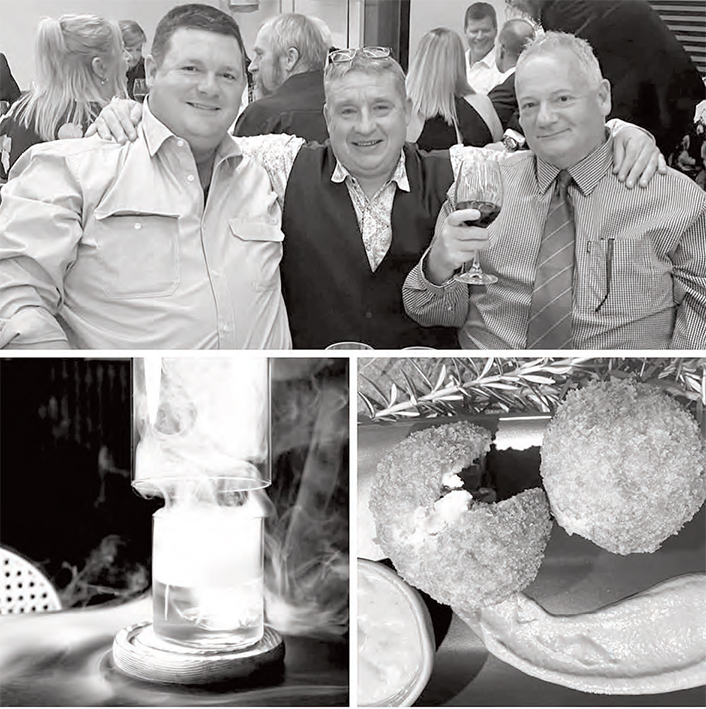
UPDATE: A growing movement in Australia is urging food enthusiasts to reconnect with the land through the consumption of wild food and craft whiskey. This initiative, led by passionate advocates like Glenn Falla, emphasizes the importance of ethical harvesting, particularly of wild ducks and geese, as a means to celebrate local ecosystems.
In a recent gathering, Falla, alongside fellow enthusiasts Matt Davis and Paul Sharp, showcased creative culinary uses for wild game, including wild duck croquettes and a unique twist on the classic Smoked Old Fashioned whiskey. “These dishes go beyond traditional roasting,” Falla stated, encouraging consumers to explore diverse flavors derived from Australia’s natural bounty.
The emphasis on wild food and craft whiskey is more than just a culinary trend; it reflects a deeper connection to nature and community. In our convenience-driven society, these items are often seen as luxuries reserved for connoisseurs, yet both have roots in the ancient human experience of foraging and gathering.
Traditionally, hunter-gatherer societies fostered a profound relationship with their environment, where each ingredient—be it hunted, foraged, or fermented—told a story of place and season. The act of fermentation itself represents an early innovation, allowing communities to preserve and celebrate seasonal abundance.
As interest in foraging, regenerative agriculture, and provenance-driven spirits surges, modern makers and consumers are encouraged to infuse more “wildness” into their culinary practices. This shift is not just about food and drink; it’s about belonging to the world in a more authentic way.
“By rediscovering wild foods and craft whiskey, we are participating in a tradition that spans tens of thousands of years,” Falla explained. “Each sip and every bite connects us to our ancestors and the earth.”
This initiative, highlighted in the The Buloke Times on November 11, 2025, serves as an urgent reminder of the importance of sustainability and ethical consumption. As Australians continue to explore these connections, the movement poses critical questions for reflection: How can we, as modern consumers, embrace authenticity and respect for origin in our everyday lives?
As this conversation evolves, the culinary landscape in Australia is set to transform, blending ancient practices with contemporary creativity. Keep an eye on this developing story as more individuals engage with the wild foods around them and redefine their relationship with nature.
The call to action is clear: Are you ready to embrace the wild?





